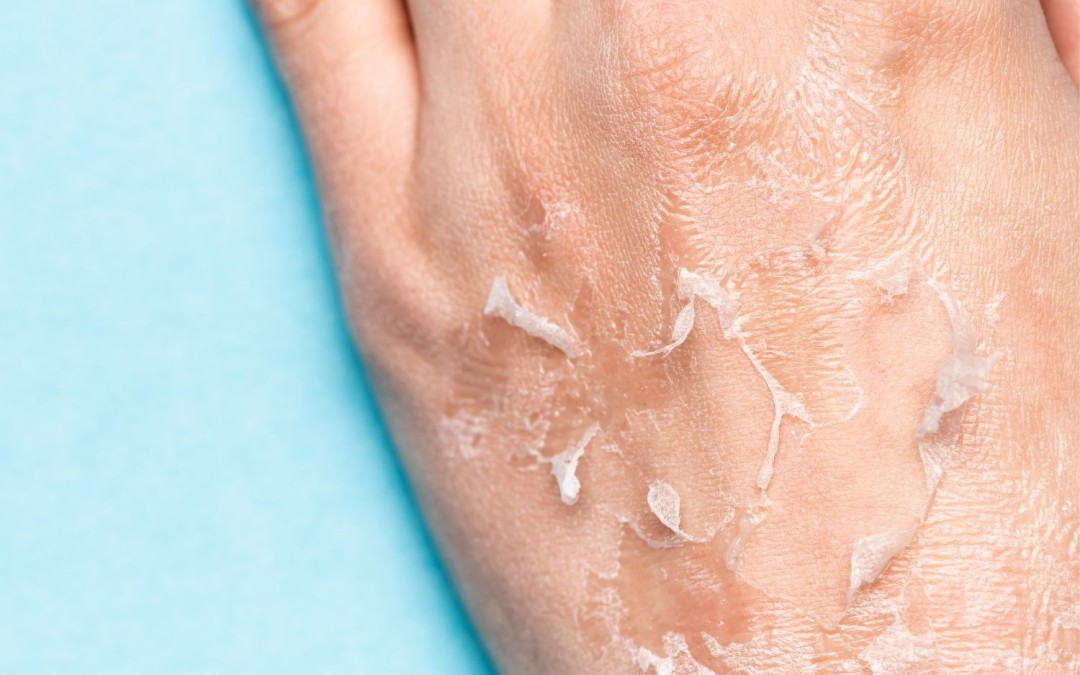If you’re exfoliating your skin and you notice redness, irritation, or an overall feeling of tightness, you’re probably over-exfoliating. While exfoliating your skin is an integral part of getting rid of dead skin and promoting cell turnover, too much exfoliation is a bad thing. In fact, over-exfoliation is one of the most common exfoliation mistakes people make, as you should only be exfoliating once or twice a week. To help reverse any damage, here’s how to heal and repair over-exfoliated skin.
Stop and Switch
Whether you use a chemical or physical exfoliant, you’ll want to stop exfoliating altogether if you start noticing signs of over-exfoliation. An exfoliation break should last at least a month, as that’s how long the skin regeneration cycle typically takes. Because your skin is likely sensitive and exposed, you want to stay away from cleansers with harsh chemicals or fragrances. Ideally, you’ll want to switch out your cleanser for something mild and paraben-free.
Moisturize and Restore
In order to rebuild your skin’s natural protective barrier, you’ll need to moisturize. Moisturizer keeps water from evaporating and allows the skin to absorb it and stay hydrated. To pick the right moisturizer, find one with a strong emollient like aloe or petrolatum. These ingredients act as a filler between the cracks of damaged skin cells. They also act as an occlusive to protect your skin and lock in moisture.
Protect Exposed Skin
Because over-exfoliated skin cells are exposed and sensitive, SPF is more important than ever. You can mix your SPF with your moisturizer or layer it on top for sun protection. If your skin is exposed to harsh UV rays during repair, it can stall the healing process and, worst case scenario, cause even more damage. Remember that SPF doesn’t last all day, so be sure to reapply.
After you’ve healed and repaired your over-exfoliated skin, you can start reintroducing exfoliation back into your skincare routine. If you have sensitive skin, stick to exfoliating once a week; but if you find your skin can handle it, you can bump it up to twice a week– ideally once at the beginning of the week and once at the end.

